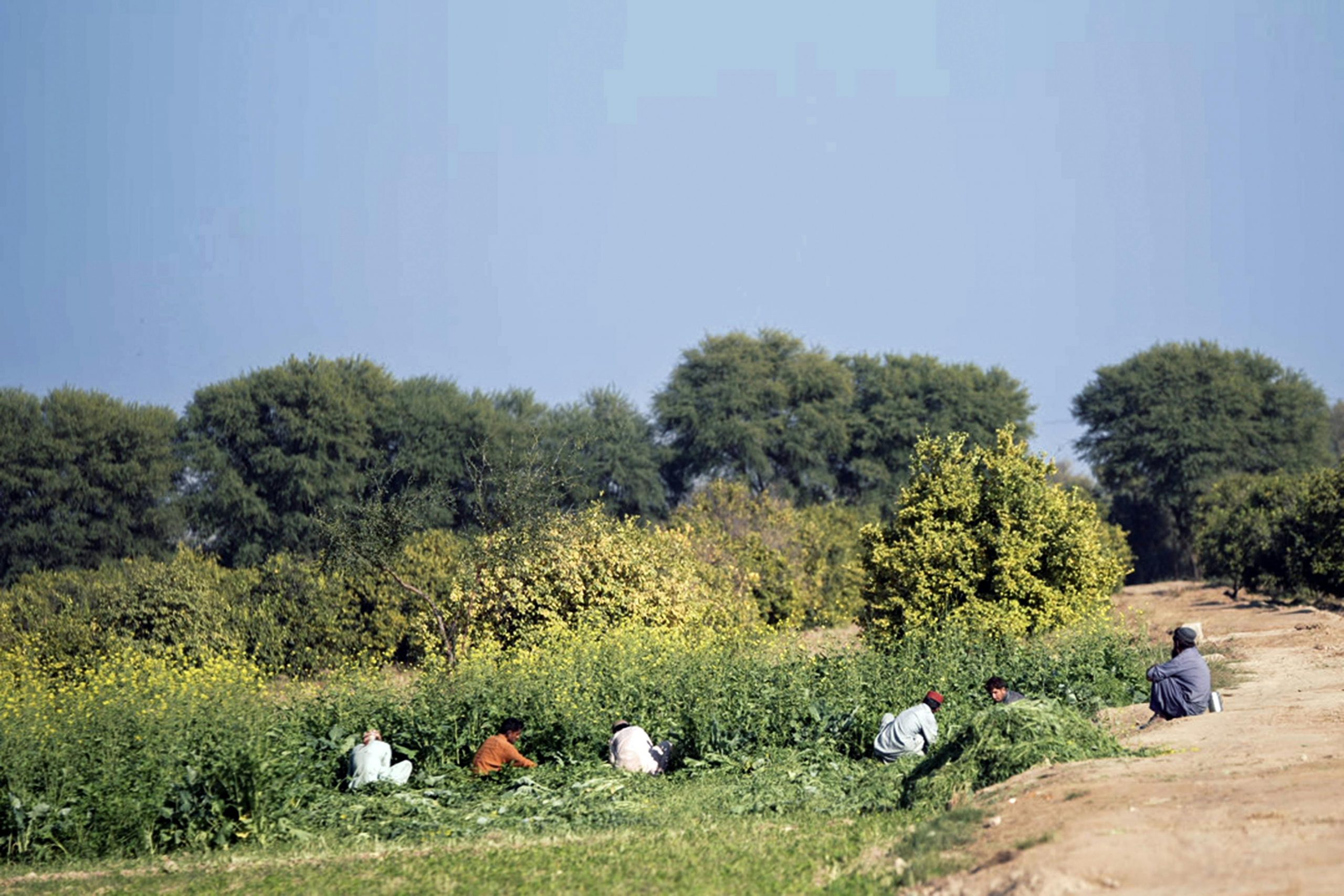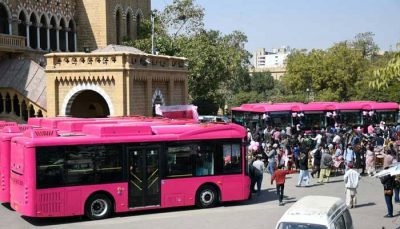As the International Monetary Fund (IMF) steps in to stabilize Pakistan’s economy, ‘structural reforms’ have become the center of economic debate in the country. Structural reforms are measures targeted to remove inefficiencies in the economic structure to optimize resource allocation and increase productivity and employment. Such reforms can include widening the tax net, reducing wasteful government expenditures on inefficient state owned enterprises or administrative set-ups, protecting domestic industries, devaluing currency to boost exports, etc. However, for these reforms to be successful, the political economy has to support and create an environment geared towards their success.
Some developments have eased the pressure. A drastic reduction in current account deficit (CAD), down to USD 14b from USD 20b in the past 11 months, has been a relief at a time when external financing requirements have sky rocketed due to substantial rise in imports. At least this government will not need to finance its CAD through external debt, as done by previous governments. However, the country’s debt obligations – having risen due to commercial borrowings from international banks – have become the single largest liability requiring external financing. The total debt volume is significantly over USD12b after accounting for loans worth USD 7b received thus far from UAE, China and Saudi Arabia. Managing timely repayment of this piling debt alongside the hefty CAD will be a challenge for the incumbent political team.
As CAD soared, so did the fiscal deficit, closing at 7.6% of the GDP by June 2019. Fiscal deficit and current account deficit are two sides of the same coin. Fiscal deficit compounds the problem of trade deficit thereby worsening the overall current account deficit. In the past this led the government to take a series of steps, such as intervening in the exchange rate market and taxing imports, which helped generate increased revenue in the short-run, but worsened the country’s trade balance.
The Consortium for Development Policy Research (CDPR), a Lahore-based policy research and dissemination organization, hosted a panel talk with eminent economists including Dr. Hafiz Pasha, Dr. Waqar Masood, and Dr. Naved Hamid, moderated by CDPR Chairperson and respected economist, Dr. Ijaz Nabi, to understand whether the government’s stabilization efforts are aligned to IMF directives. Dr. Masood felt Pakistan should have approached the IMF as early as 2017 when it became apparent that foreign exchange reserves had begun falling. So while one may wonder about the necessity of an IMF loan, its timing may be a bigger concern.
Budget as a stabilization tool for structural reforms
Federal budget 2020 was the immediate first step of the incumbent government towards economic stabilization. The budget lays out the government’s plan to generate revenues to exceed its total expenditures. Since, as per State Bank of Pakistan, the government can no longer borrow from the central bank during the fiscal crunch, it has sought to rapidly increase revenues by undertaking efforts to widen the tax base as well as increasing total taxes.
However, Dr. Pasha contended that the budget as a tool for achieving economic stability has a limited role to play in this scenario. IMF’s focus on the primary deficit – total revenue minus non-debt servicing related expenditure – aimed at 0.6% of the GDP from the current 2.2% of the GDP, will determine the path of the country’s debt accumulation. Achieving this target would require a significant adjustment from the government. However, a runaway growth in debt servicing – PKR 2000b for FY20, forecasted to rise to PKR 2900b by next year – will make reducing primary deficit more challenging. The rise in debt servicing can be attributed to burgeoning interest rates rather than an increase in the volume of debt, which in the next two years could increase debt servicing by 45%.
Dr. Ahmed and Dr. Hamid felt a primary deficit of 0.6% can be attained in the next 2 to 3 years and view the budget as a credible instrument for achieving this aspect of stabilisation under an IMF package. As interest rates escalate and currency weakens, debt servicing will definitely go up. In that case working to reduce the primary deficit will at least make it easier to honor interest payments.
In any case, primary deficit should not be considered as the ultimate lens through which to assess budgetary stability. It is just one indicator which determines the evolution of debt. A second critical indicator is the debt-to-GDP ratio determined by the real interest rate. If the real interest rate goes up to become positive, then the debt accumulation path can become very rapid even if primary deficit disappears.
How the budget is addressing structural imbalances
There are some elements of the budget that underlie structural change in the economy. Without voluntary cuts in military expenditure, total expenditure could become unsustainable, according to Dr. Pasha, reaching 45% of the GDP. This is a major structural reform that must be sustained.
Another crucial development is a renewed focus on detecting tax evasion. The Federal Board of Revenue (FBR) has developed a portal displaying all sources of income of Pakistani residents to encourage citizens to pay taxes against all declared and undeclared assets, properties and bank accounts. This effort by the government was intrinsic in pushing people to enter the tax base by availing the Amnesty Scheme that ended in June 2019.
The budget also underlines the importance of social protection and poverty alleviation by dedicating a separate line item outside of the development spending category for such expenditure. Under the banner of social protection and current expenditure, the government has allocated funds three times larger than under the previous government. This budget has increased to PKR 400b compared to PKR 130b in the past. This change will help cushion the poor against economic shocks during the ongoing IMF-backed adjustment.
Another major development towards sustainable growth is introduction of structural reforms to make the State Bank of Pakistan independent. This has led to currency adjustments that reflect the market value of the Pakistani Rupee rather than keeping it artificially overvalued. An exchange rate is only sustainable when it does not have to be financed through borrowed money and leading to distorted investment choices in inefficient sectors. An over-valued rupee has been hampering export growth and increasing imports. In the long-run, such currency adjustments will help generate higher earnings through exports even if there is an economic slowdown.
What the budget has not addressed
One of the largest sources of wasteful expenditure is that incurred by the Federal government that spans across 42 divisions and 200 plus autonomous bodies. The financial upkeep is extremely high. Yearly non-salary expenditure amounted to PKR 850b last year and is estimated to swell to PKR 1000b this year.
Through an overreliance on indirect taxes for revenue generation, the burden of adjustment has fallen disproportionately on the poor. Almost 70% of the revenue generated is expected via indirect taxes.
Hope for the future, but with reservations
Overall, the budget reflects sound policy choices to address structural imbalances in the economy focusing deeply on the problem beyond just symptoms. The current economic crisis is a government crisis whereby the situation is described by excessive government borrowing and not requiring bailing out of banks had it been due to excessive private sector borrowing. This is much easier to solve. However, while a country undergoes a difficult transition towards stability led by painful economic reforms, the sacrificing citizens must be offered a counter narrative to instill in them the confidence that the painful period will ultimately reap dividends. The best counter narrative would be if the government had managed to lay out an explicit macroeconomic and policy framework for the next three years to remove uncertainty amongst citizens.
The Economic Advisory Committee (EAC) has published a document called the Roadmap that is available on the Ministry of Finance website. This report details many areas where Pakistan requires structural reform and how to achieve it. The government could potentially pick up on a few of these structural reforms and create a counter-narrative based on how the strategies for reforming each sector – such as fairness and taxation, social protection, housing, governance or utilities – can benefit the people in the future.
In the end, maintaining the political momentum will be pivotal during this economic transition.
Sharmin Arif is the Communications Associate at the Consortium for Development Policy Research





